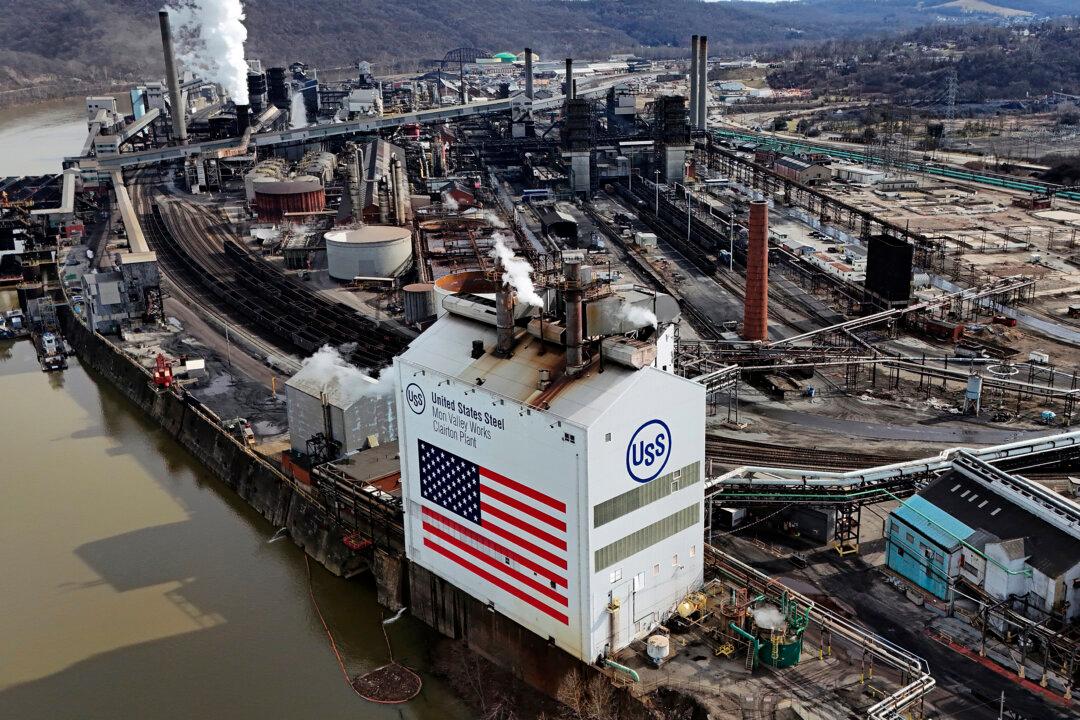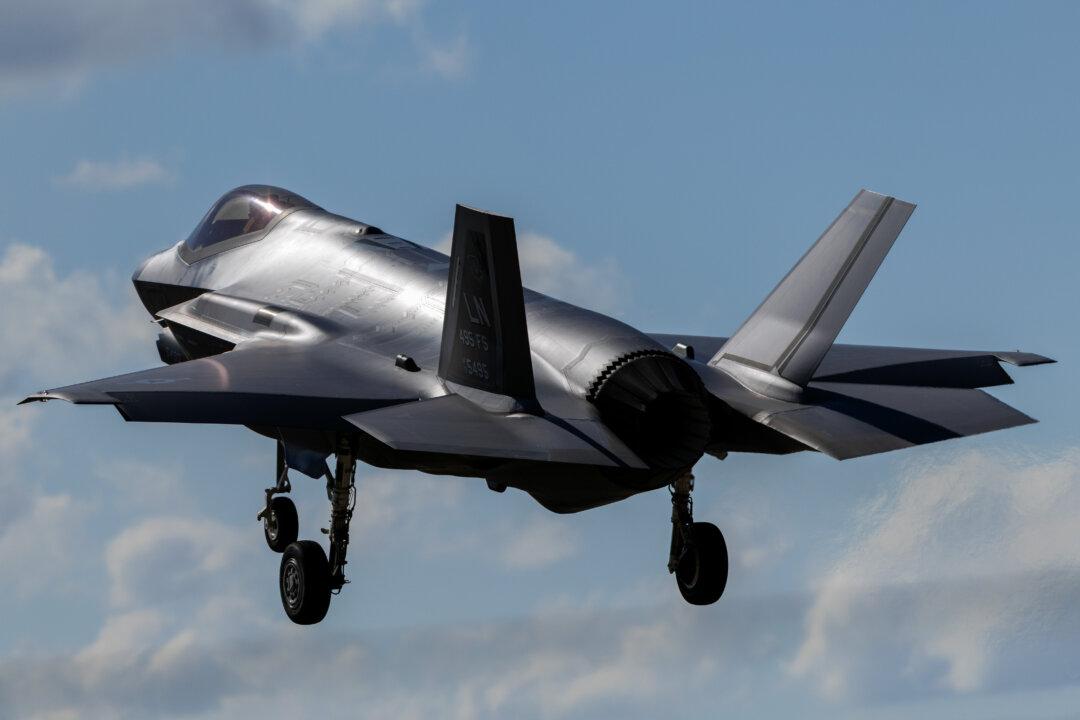Commentary
A superpower wanting to remain a superpower needs a strong defense industrial base. And to have a strong defense industrial base, you need a strong steel industry. Consequently, having a strong steel industry is not optional if you want to remain a superpower.





